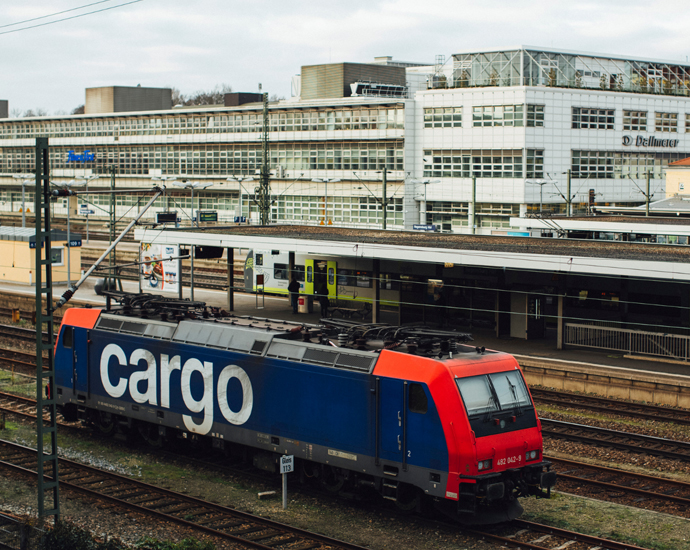What You Need to Know About Rail Freight
← Back
Transportation is the process of transporting a good or product from one place to another, and this service can be provided in many ways. When we want to transport a product from a certain point to another, we encounter many transportation options.
Transportation is the process of transporting a good or product from one place to another, and this service can be provided in many ways. When we want to transport a product from a certain point to another, we encounter many transportation options. The system in which the transportation operations will be carried out is determined according to the appropriate conditions and the service offered, and one of these systems is railway transportation .
With rail transportation , heavy and large loads are transported to the centers located on certain railroads. In general terms, the limitation of the service provided may vary depending on the number of centers on the railways.
The transportation of heavy tonnage and bulky products or goods on the railways, to the centrally determined, international or non-international destinations is defined as railway transport. The speed capacity of the transportation vehicle used during transportation is related to the time during which the product or goods to be transported will be transferred. For this reason, the duration of the service you want to receive is very important when choosing this type of transportation. Although the transportation speed of the trains used for rail transportation may be slow compared to other methods, it brings significant advantages in terms of cost. So, how is railway transportation done?
How does railway transportation take place?
Railway transportation, the frequency of which has increased considerably in our country and in the world, can be carried out in three ways and these stages are itemized as follows:
- Block Train Transportation: It is the transportation of the products that are decided to be transported between the station where they are loaded and the center where they will arrive, without any wagon or locomotive change. It is a very preferred method for railway transportation, loading and unloading operations do not take place in centers located outside the transportation route. There are two types as container block train and wagon block train.
- Combined Container Shipment: The container is loaded on platform wagons and unloaded at the destination station after long-distance train travel, and delivered to the door by truck. In systems used especially in Europe for international shipments, containers are shipped from certain stations to their destinations by changing trains.
- Wagon Transportation: It is a type of rail transportation in which the goods of the same type, which are generally determined, are stacked on the wagons. With this method; Loads such as construction machinery, industrial products, household goods, mines, building materials, livestock and fertilizer can be transported. There are different types of wagons that can be preferred when you want to transport your cargo using wagon transportation.
These wagons vary both in size and in structure, and the amount of cargo carried varies according to the capacity of the wagon, which creates advantages for wagon transportation. Among the types of wagons you can choose for railway transportation; There are wagons such as covered wagon, high-sided wagon, platform wagon.
Railway Transportation Advantages
Railway transportation has many advantages over other types of transportation. It is possible to itemize these advantages as follows:
- International or national rail transportation is more environmentally friendly than other transportation systems. Transportation of underground resources and agricultural and forest products is usually done by rail.
- Rail transport has international transit advantages compared to road transport and reduces road traffic load.
- Compared to air, sea and road transport, disruptions are less likely due to seasonal conditions and no traffic problems.
- Since rail transport is not very open to human intervention, the error rate is low and it is a safe system.
- It has a long-term fixed price guarantee, it has advantages in terms of cost.
- Although the transit time is a little high, the voyage times are fixed and you know the delivery time of your cargo.
- Rail transport offers the advantages of carrying a lot of cargo, because as the number of wagons increases, so does the volume that can be transported.

 HONEST
HONEST Eğitim Portalı
Eğitim Portalı Müşteri Portalı
Müşteri Portalı Bize Ulaşın
Bize Ulaşın